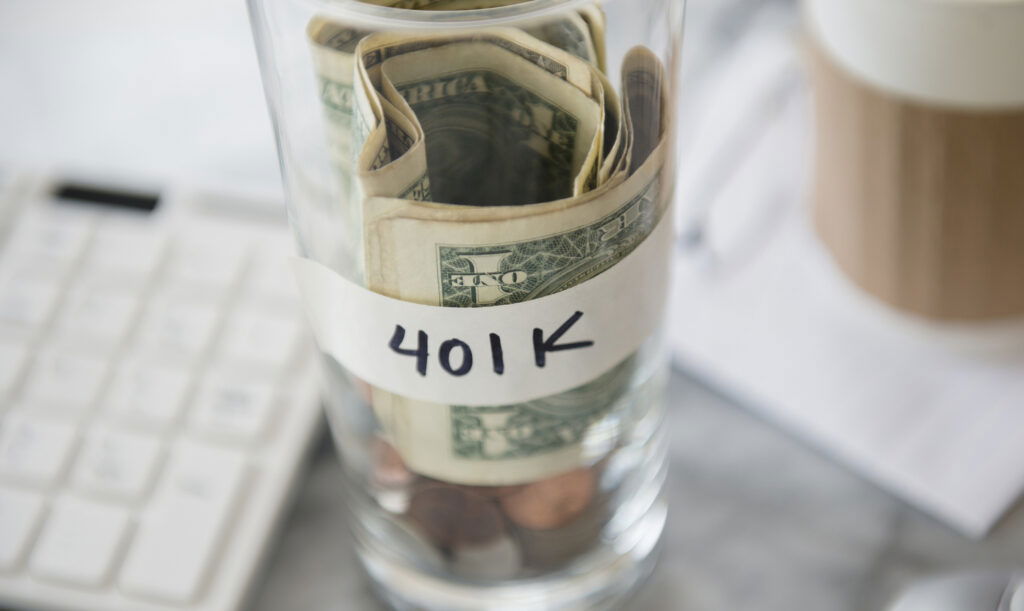Financial advisors say that reviewing your options if your employer offers 401(K) matching is a simple way to expand your investment portfolio.
Often referred to as “free money” by advisors, a 401(K) match is when your job deposits money into your 401 (K) account to reflect any contributions you’ve made from your compensation, such as bonuses and salary, according to Fidelity Investments.
In a new report from CNBC, experts say learning about your employer’s 401(k) matching policies is one of the simplest ways to get “free money” or more bang for your buck at the workplace.
Simply put, an employer will make a matching contribution to a worker’s retirement savings up to a cap, thanks to 401(K) matching. So, if a worker places 3% or more of
their annual salary into a 401(K) plan, their employer may add 3% to their employee’s account. With a dollar-for-dollar match of up to 3%, the investor can double their money, which, per the report, is the same as a 100% profit.Kamila Elliott, a certified financial planner and co-founder of the Atlanta-based company Collective Wealth Partners, calls a 401(K) match “one of the rare guarantees on an investment that we have” when it comes to making smart money moves.
“If you were in Vegas and every time you put $1 in [the slot machine], you got $2 out, you’d probably be sitting at that slot machine for a mighty long time,” said Elliott, who is also a member of CNBC’s Advisor Council.
In a 2023 survey conducted by the Plan Sponsor Council of America, it was found that roughly 80% of 401(K) plans across the nation offer a matching contribution. However, employers must ultimately determine what percentage they will match for their employees. This amount can be factored into various formulas and does not look the same for each company.
One of the most common methods employers adopt is a 50-cent match for every dollar a worker puts in their 401(K) account. Per the PCSA, if a worker saves 6% of their pay, the company’s matching formula adds another 3% to their account, leaving them with a total investment of 9%.
“Where else can you get a guaranteed return of more than 50% on an investment? Nowhere,” said a 401(K) administrator, money manager, and investment advisor group, Vanguard.
While the investment seems like an easy win for employees, it is important to note that many employer “vesting schedules” or policies determine whether workers will receive the full benefits of a 401(K) match.
For example, some vesting schedules employers employ require employees to stay at a company for a set amount of time before they can claim ownership of the money in the account.
The PCSA reports that roughly 60% of companies require workers to have a tenure at the job that lasts anywhere from two to six years before they are allowed to leave and take the money contributed by both them and the employers with them. If they go before the allotted period, employees risk losing some, if not all, of their matches.
For the remaining estimated 40% of employers who do not require tenure, they have “immediate vesting” or no limitation to accessing the money matched by their employers in their 401(K) account.
RELATED CONTENT: Americans In Their 50s Are Expected To Have Over $200K In Their 401(K) Accounts, Experts Say


